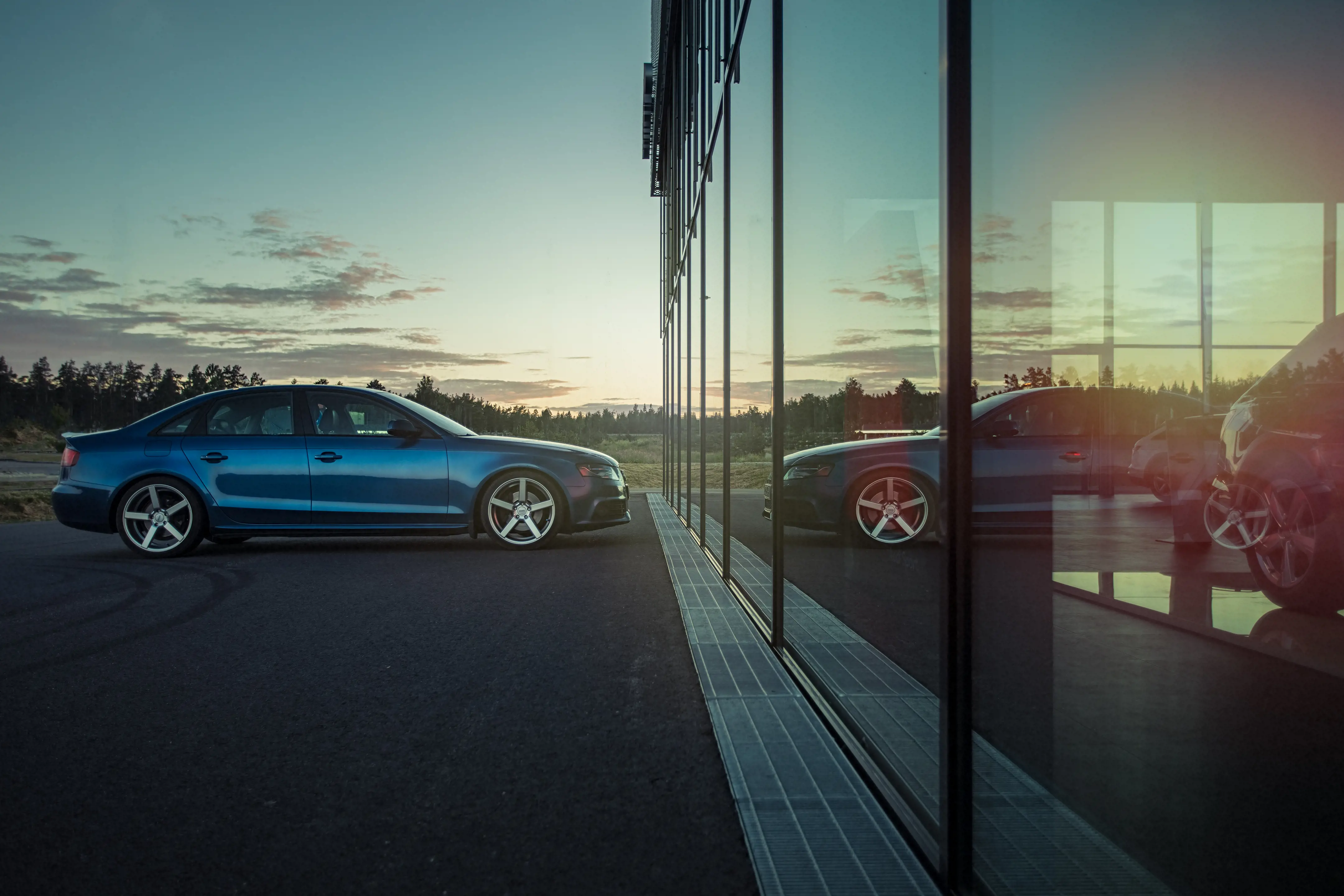Types and Characteristics of New Energy Vehicle Drive Motors
Jan 05, 2023 View: 376
1. Types and characteristics of new energy vehicle drive motors
DC motor
Advantages: mature technology, easy control mode, excellent speed regulation
Disadvantages: complicated mechanical structure, limited transient overload capacity and motor speed, high-frequency electromagnetic interference
Three-phase AC asynchronous motor
Advantages: simple structure, good reliability, easy to control the cost
Disadvantages: low efficiency, poor speed regulation
Permanent magnet synchronous motor
Advantages: high power density, fast response time
Disadvantages: high temperature and overload current, demagnetization phenomenon occurs
Switched reluctance motor
Advantages: simple structure, wider speed, fast response time
Disadvantages: high noise, power density, low efficiency
Permanent magnet synchronous motor power density, speed range, suitable for frequent start-stop working conditions; three-phase AC asynchronous motor unit power cost is low, no demagnetization phenomenon, suitable for high-speed road network developed working conditions.
2. Technical requirements of the drive motor
High torque: low-speed operation with high torque to meet the requirements of a fast start, acceleration, hill climbing, etc.
High speed: high-speed operation should have the characteristics of high speed and a wide range of speed regulations to meet the requirements of high-speed driving, overtaking, etc.
High efficiency and energy saving: electric vehicles start and stop frequently and have a wide working area. Therefore, the widest possible efficient working area is required to seek the longest possible driving range after one battery charge.
Vibration resistance: the motor is vibration resistant, has a certain overload capacity and can work stably and reliably under different working conditions.
3. Drive motor challenges to motor bearings
General industrial motors use motor bearings, with the improvement of the level of bearing design theory, bearing steel material technology progress, ring processing equipment, technology level, steel ball manufacturing level on the stage, has replaced imports to occupy the main domestic market, but the wide range of speed regulation of automotive drive motors, starting torque, high power density, high-efficiency characteristics, so that the bearing of high speed, high and low temperature, the durability, stability, reliability put forward higher requirements.
Speed: drive motor speed up to 20 000 r/min, bearing dm—n value of more than 800 000, much higher than the speed of ordinary industrial motors.
Temperature: -40 ~ 150 ℃ bearing stable operation, no whistle; long-term working temperature 110 ~ 120 ℃; cold areas start temperature -30 ~ -20 ℃, small starting torque, low noise.
Lubrication: requires grease with excellent low-temperature performance, high-temperature resistance, anti-vibration, energy saving and high efficiency, and long life.
Vibration and noise: to ensure the comfort of the ride, the vibration and noise level of the motor should be low to ensure the quietness of the car.
Galvanic corrosion: due to the unbalance of the winding, resulting in the potential difference between the rotor and the formation of current; the current leakage caused by the high-frequency voltage of the inverter may lead to galvanic corrosion of the bearing, failing the bearing.
Lifespan: Guaranteed to live with the whole vehicle warranty for 5-8 years or 100,000-160000 km.
4. Bearing companies to make the response measures
In the face of new applications of new challenges to the bearing, independent research and development to industrialization require a lot of effort: improve the purity of steel and heat treatment quality; the use of precision grinding super technology, improve processing accuracy, reduce product batch dispersion; lubrication research, and lubrication companies to develop cooperation to adapt to high temperature and high-speed lubrication products; the use of suitable engineering plastic cage; the use of simulation and test technology to speed up the development speed, to ensure bearing reliability, etc. The response measures proposed by well-known international bearing companies can be used for our reference.
SKF
Has developed the drive ball bearing series, which can adapt to the high-speed performance of motor bearings by optimizing the design of raceways, designing with a new structural polymer cage, adopting a wide temperature range of grease, and designing hybrid ceramic bearings that can help extend the service life of the transmission system and expand the battery life.
NSK
Adopting resin materials with excellent heat resistance and optimizing the shape design by cage strength analysis reduces centrifugal force, reducing friction between the cage and steel balls and reducing heat generation.
Adoption of high-speed grease with the most suitable thickener to reduce heat generation over a wide range of temperatures.
We are adopting a special treatment to precipitate high-hardness nitride on the surface of steel ball to improve sintering resistance, thus improving high-speed running performance.
They are adopting a non-contact rubber seal to inhibit grease leakage during work and ensure the reliability of continuous operation of the bearing.
O-ring is set on the outer diameter surface to reduce the clearance with the seat bore and improve the creep resistance.
Previous: 3D LiDAR SLAM Software and Hardware Technology
Next: How does the Oxygen Sensor OSS-2 Effectively Improve Vehicle Exhaust Pollution Emissions







